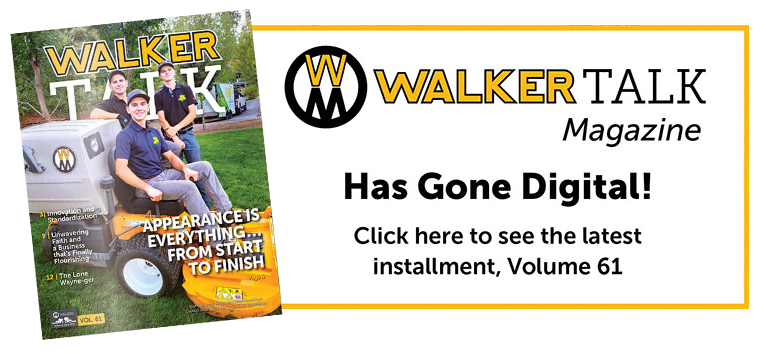In the hustle and bustle of the busy season, it's not unusual to overlook some things or simply put others on a back burner. If safety is one of those things, then you're operating a very risky business, chancing not only the safety of your employees but your customers, as well.
Too many owners and operators think the use of safety equipment and proper clothing will offer adequate protection. All of the armor an operator can put on will not stop the fiery arrows associated with not being properly trained. A biting and often overlooked truth to equipment safety is that training usually takes a back seat to gloves, safety glasses and steel-toe shoes. Yes, safety apparel is a good thing... and mandatory for operators of any piece of power equipment. But it's only one piece of the safety puzzle.
Operation/Safety Techniques
There is a direct relationship between being knowledgeable about a piece of equipment and being a safe operator. One of the first steps toward elevating your level of safety is to ensure that all operators are familiar with the equipment they'll be using. The all encompassing safety day at the beginning of the season is a good way to introduce new and veteran employees alike to equipment in your lineup.
An overview of proper operating techniques is a good way to start the sessions, followed then by specific dos and don'ts about safety, as it applies to each piece of equipment within the category.
The truth is, every piece of equipment is different. Different brand mowers are unique, and new equipment operates differently from that which has been used for a season or two. Make sure operators know me subtleties of the equipment and are familliar with its operation.
New Employees
One of the most common mistakes contractors make is hiring new employees and then not adequately training them before putting them into the field. Any new employee, unless he or she has proven experience, should spend at least one half day training on equipment. Part of that training can be accomplished in the field, but it should be done only under the direct supervision of an experienced employee.
Update sessions - weekly, biweekly or monthly - provide an excellent opportunity to introduce all of your employees to recently purchased equipment.
Safety Is Everyone's Concern
How your employees conduct themselves while on a job site is a direct reflection on your company. Following safe operating procedures is as much a part of their charge as being courteous to the customer, wearing the proper attire and doing a quality job.
While at the job site, being a safe operator does more than protect the operator. It protects other employees, bystanders and property, as well. Instruct employees to be on me lookout for people or pets approaching a work area and to shut down their equipment until the area has cleared. They should never leave their equipment unattended and running or parked on sidewalks or in drives.
Mowing adjacent to busy streets and intersections requires observing caution to prevent damage to passing vehicles or injury to drivers or passersby. With traffic approaching, the blades should always be disengaged to prevent throwing stones. The same procedure should be followed whenever crossing gravel or rough terrain.
Making sure operators are trained to perform in a safe manner, in addition to wearing proper clothing and safety gear, assures safe mowing for everyone!





 Site Search
Site Search



